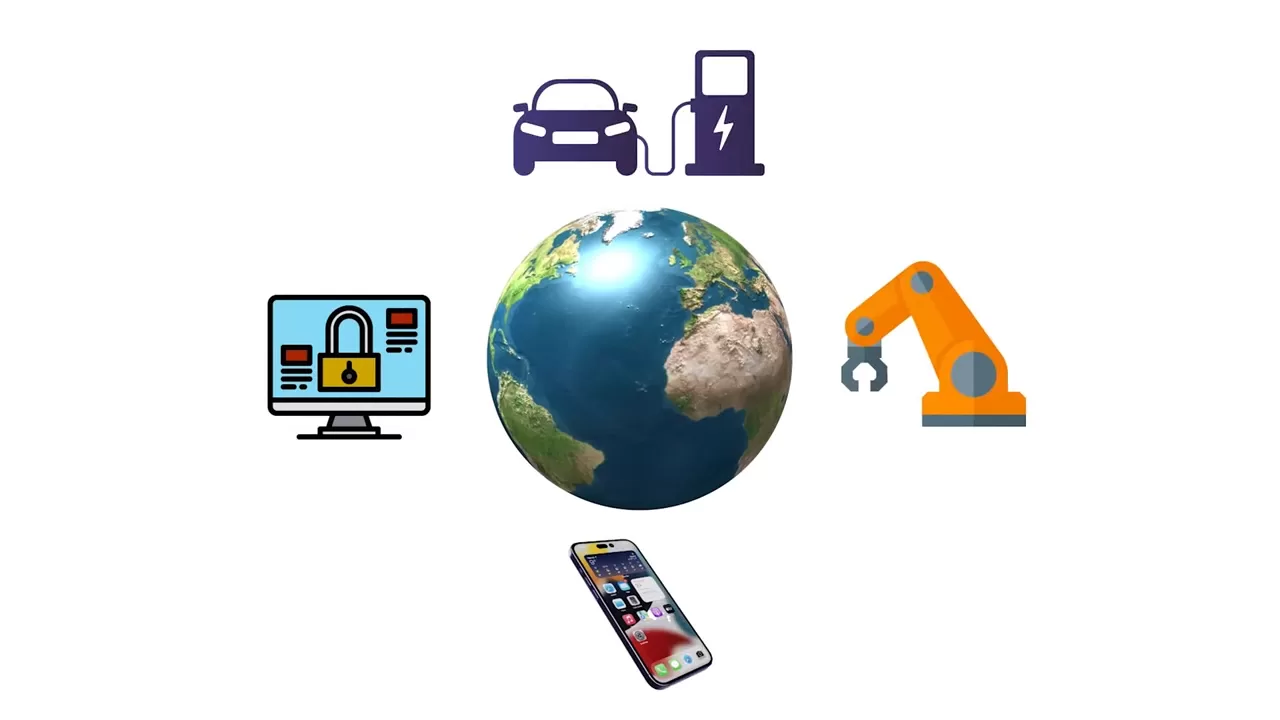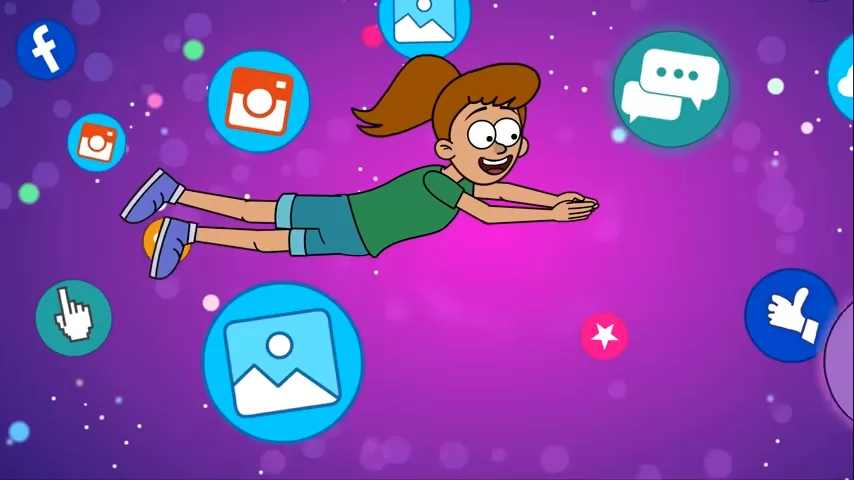We live in a time where humans are more connected and capable than ever—thanks to technology. A vehicle, built from metal, rubber, and fuel, can transport us across cities or countries in mere hours. A smartphone, crafted from plastic, metal, and glass, can connect us with someone on the other side of the planet. And perhaps most remarkably, we can now store, retrieve, and process vast amounts of information with a few clicks. All of this is made possible by Information Technology (IT)—a field that powers modern life and is reshaping the future.
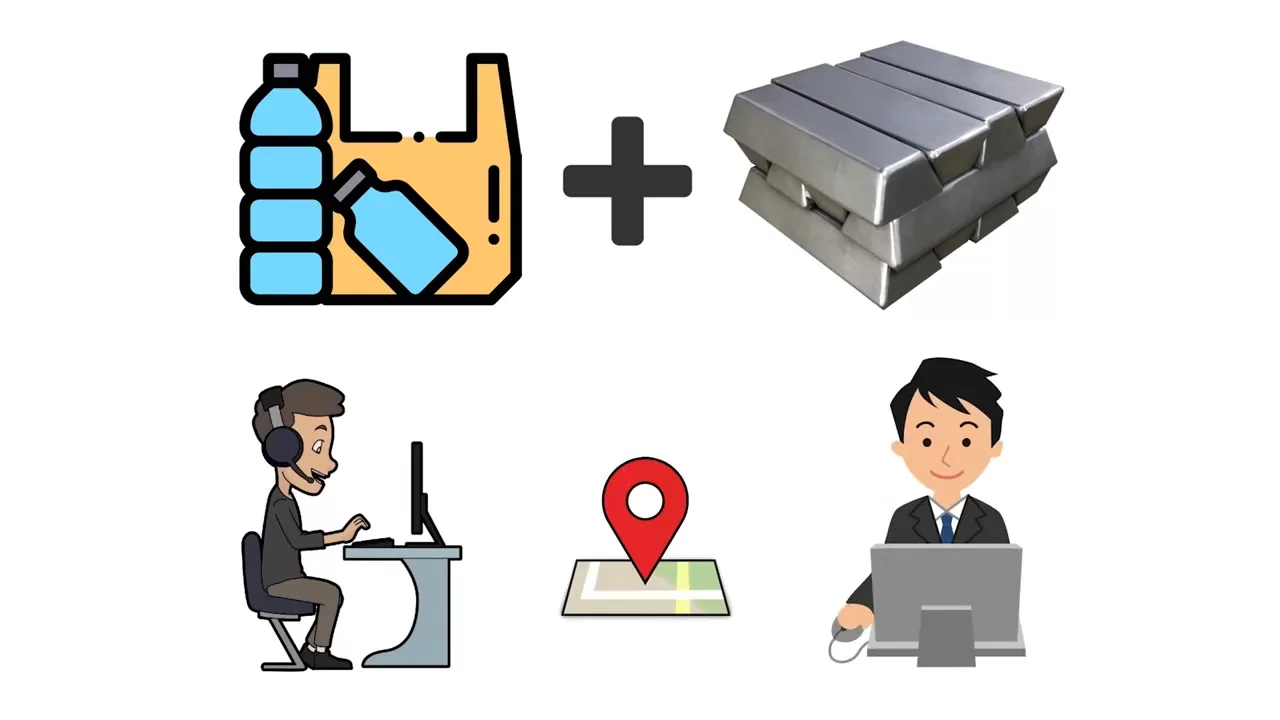
Defining Information Technology
At its core, Information Technology refers to the use of computer systems, networks, storage devices, software, and infrastructure to create, manage, store, and exchange electronic data. It’s a vast field, covering everything from basic communication tools to advanced data-driven systems that power global corporations.
Whether it’s sending a message, analyzing statistics, or running complex databases—IT is involved. It allows us to do what paper, pen, or even our own brains cannot: store and process massive amounts of data with speed and accuracy.
What Is Data, Really?
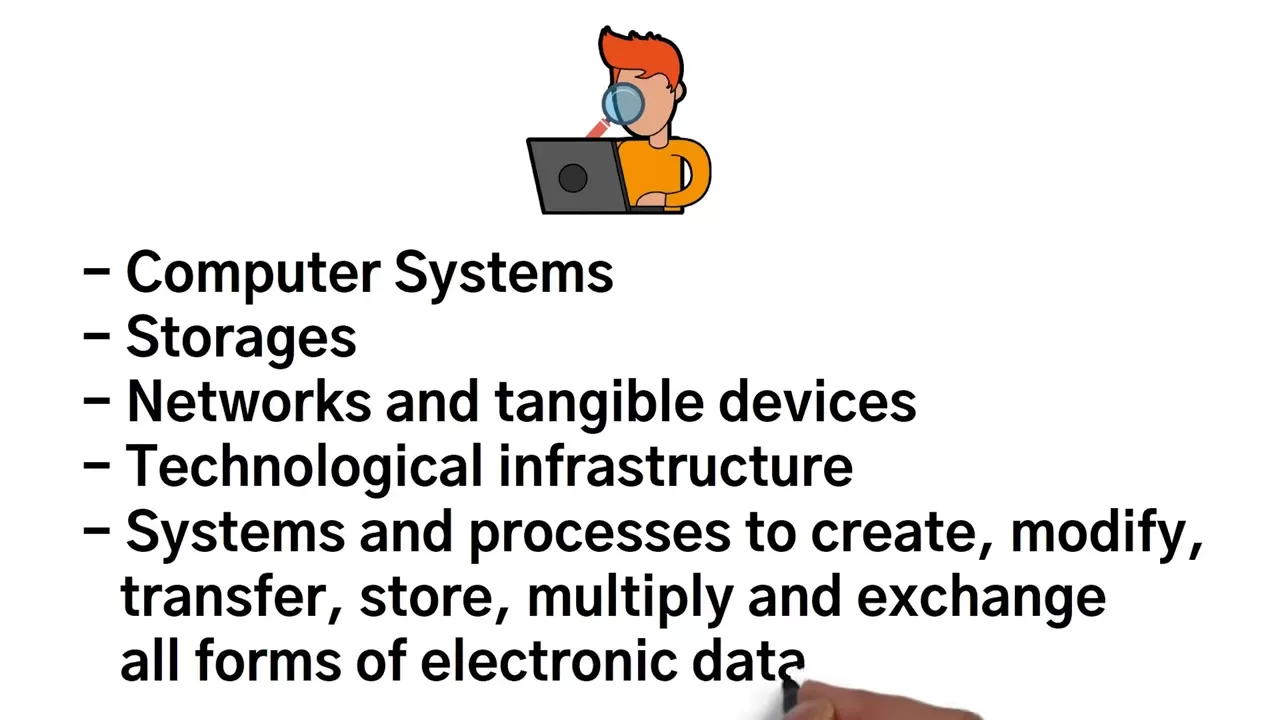
Data is any piece of information—numbers, patterns, statistics, facts—that can be measured, modified, stored, and used to generate insights. IT systems are built to handle data far beyond human capacity. While we can jot down notes or store ideas in our memory, computers can process millions of data points in seconds—without forgetting a thing.
How Is IT Used Today?
Information Technology plays a critical role in nearly every industry:
- Customer service through CRMs and chatbots
- Financial recordkeeping through cloud software
- Internal communication via platforms like Slack or Zoom
- Operations management using databases and enterprise systems
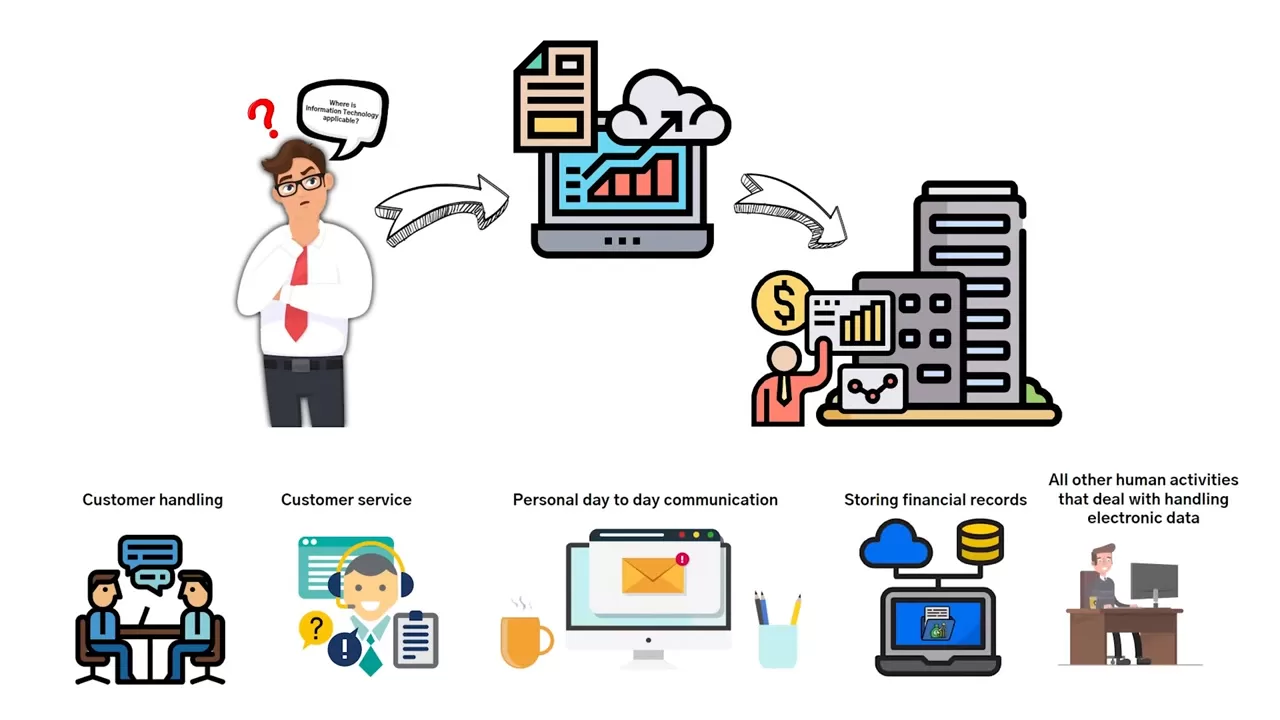
Whether it’s a small startup or a global enterprise, IT is the backbone of business efficiency, security, and scalability. As businesses grow, their dependence on IT grows with them.
Understanding Hardware vs Software
Before diving deeper into examples of IT, it’s important to distinguish between two major components:
Hardware
This is the physical technology you can touch—like laptops, smartphones, routers, servers, or tablets.
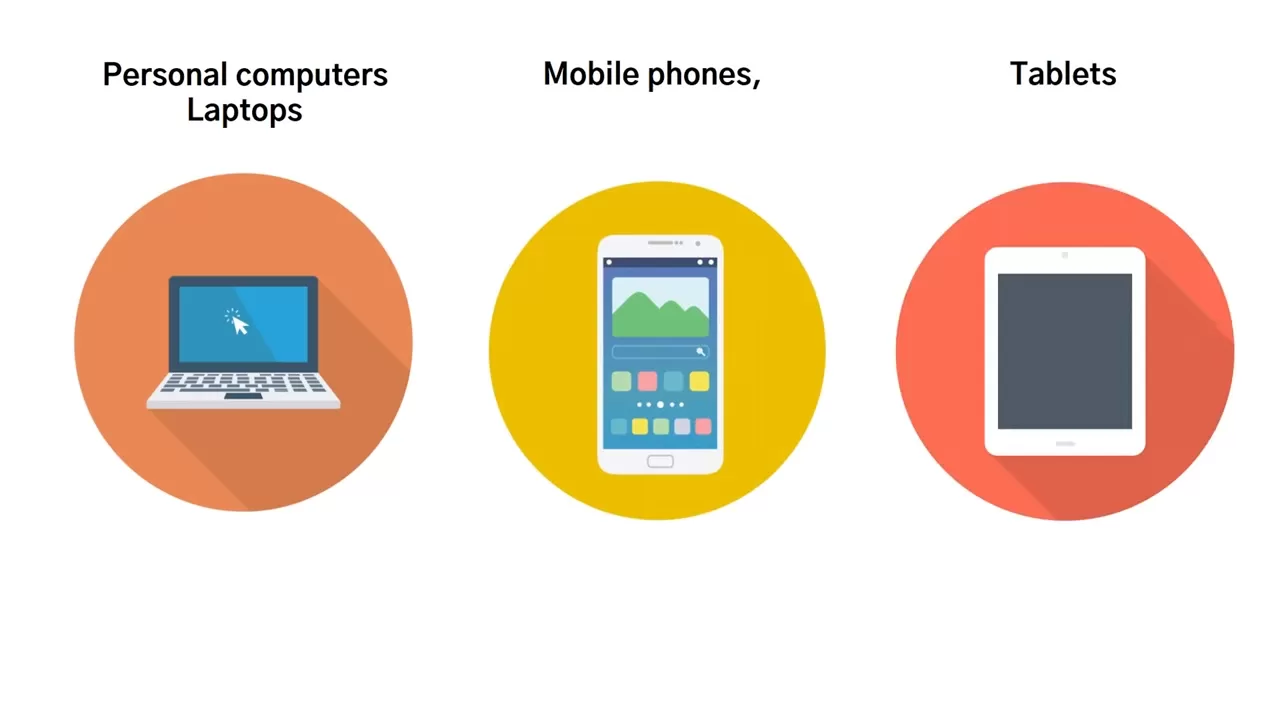
Software
This refers to the intangible systems and programs that run on hardware. Software falls into two main categories:
- System Software – like operating systems (Windows, iOS, Android) that help the hardware function
- Application Software – tools that help users do specific tasks like writing emails or managing sales (e.g., Google Drive, Dropbox, Slack, Microsoft Office)
Is Information Technology a Good Career Path?
Absolutely. IT is not only a fast-growing field, but it’s also one of the most financially rewarding and future-proof career choices out there.
According to the U.S. Bureau of Labor Statistics, the median salary for IT professionals is around $97,000 per year—more than double the average wage in the U.S. Entry-level roles such as IT Help Desk support can earn $50,000 or more annually, even with little to no experience.
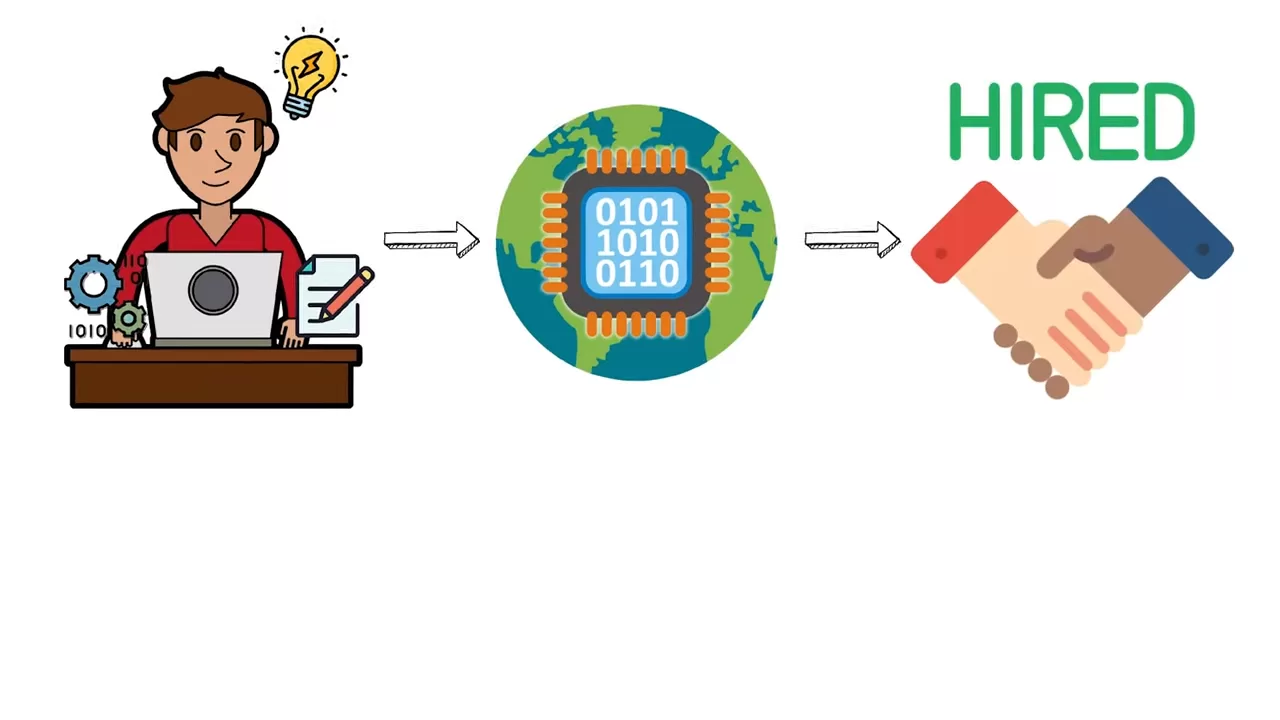
High-Demand Career Paths in IT
The beauty of Information Technology is how diverse and flexible the field is. Some popular career roles include:
- IT Management
- Web Development
- Cybersecurity Analyst
- Cloud Administrator
- Database Administrator
- Computer Systems Analyst
Whether you’re passionate about building websites, protecting systems, managing data, or overseeing networks—there’s a place for you in IT.
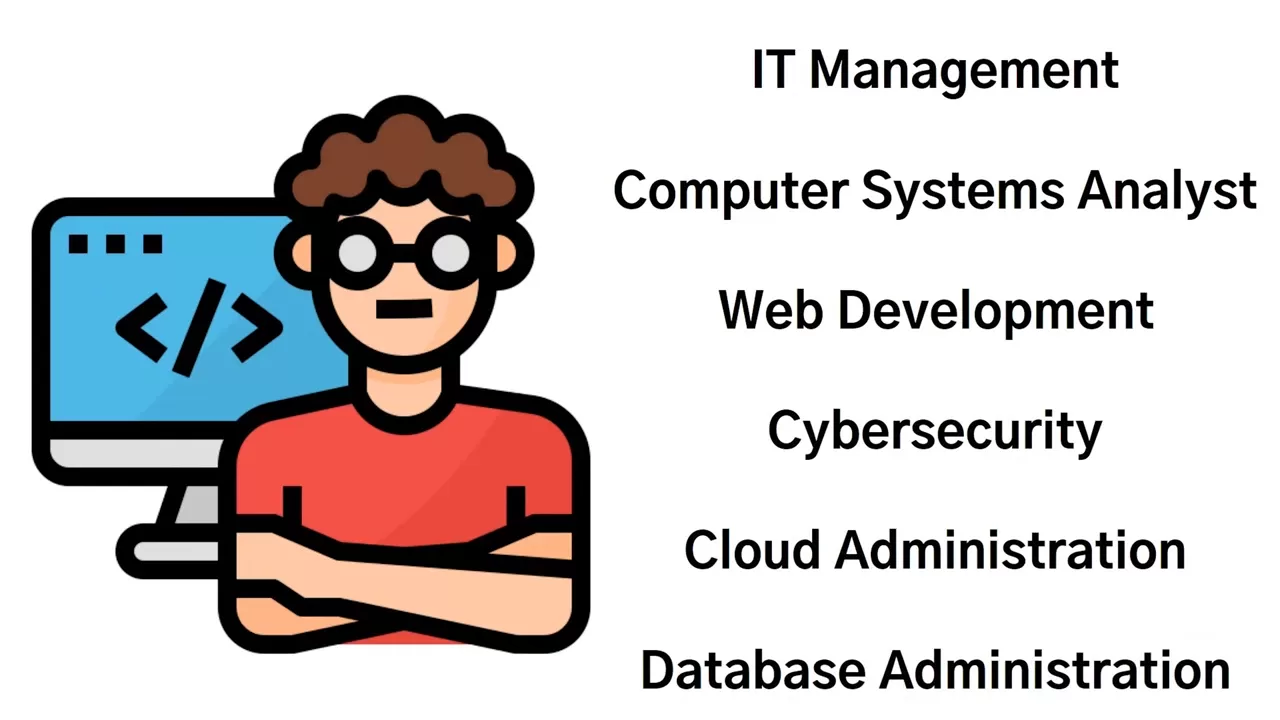
How to Get Started in Information Technology
You don’t need years of college to get your foot in the door. Today, programs like Course Careers offer fast-track IT training that helps individuals land jobs in just a few months—even without prior experience.
Take Della, for example. With no background in IT, she completed her training and landed a role at her dream company making over $100,000 per year—all within six weeks.
Final Thoughts
Information Technology is more than just a career path—it’s the engine that powers modern civilization. If you’re curious, driven, and eager to build a future in tech, now is the best time to start.
Whether you’re looking to get hired, start your own business, or simply stay ahead of the digital curve, understanding and mastering IT will open doors.
Want to take the first step? Explore free training options or talk to real professionals who’ve successfully transitioned into tech. The world needs more IT minds—maybe the next one is you.
